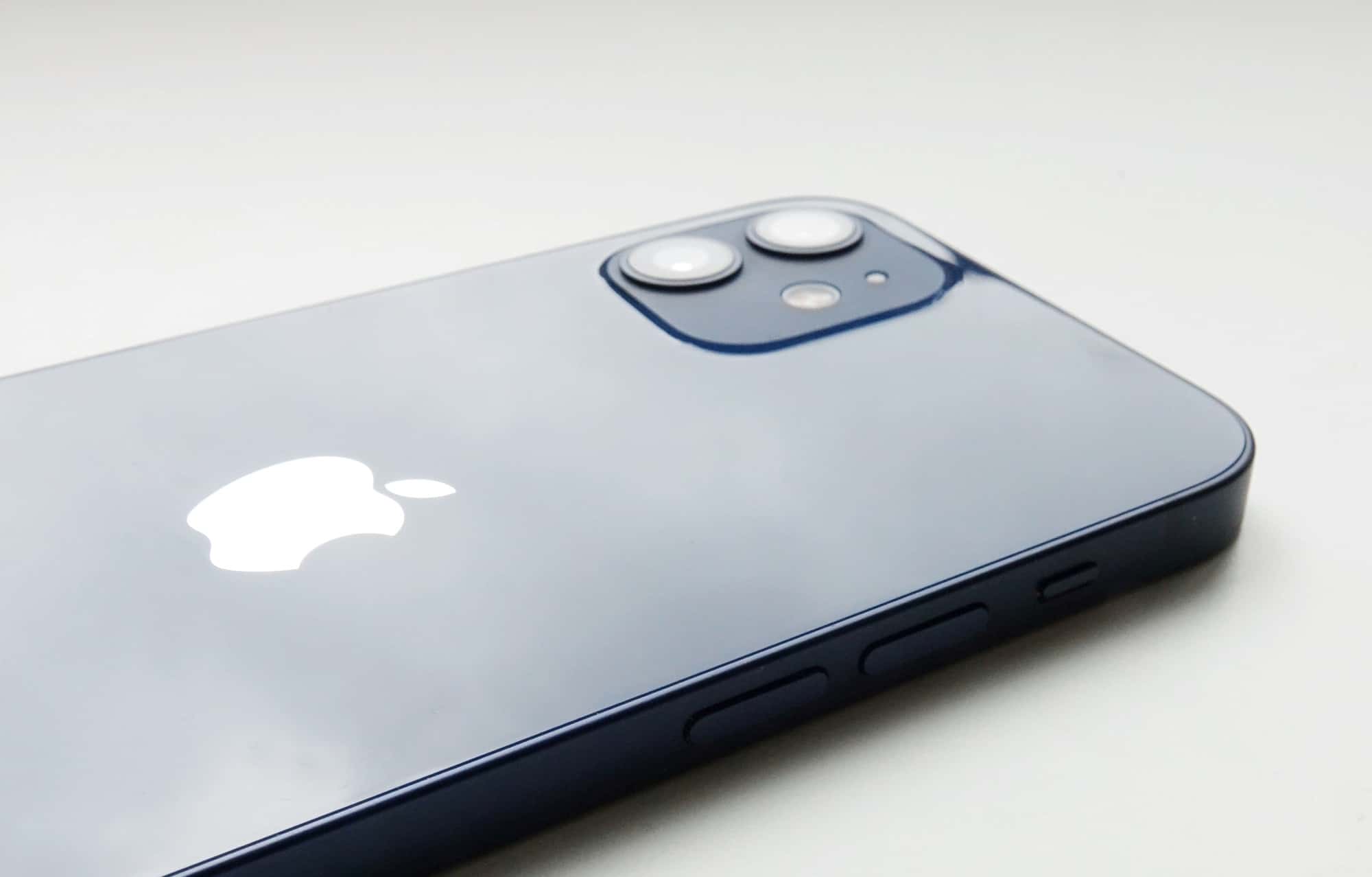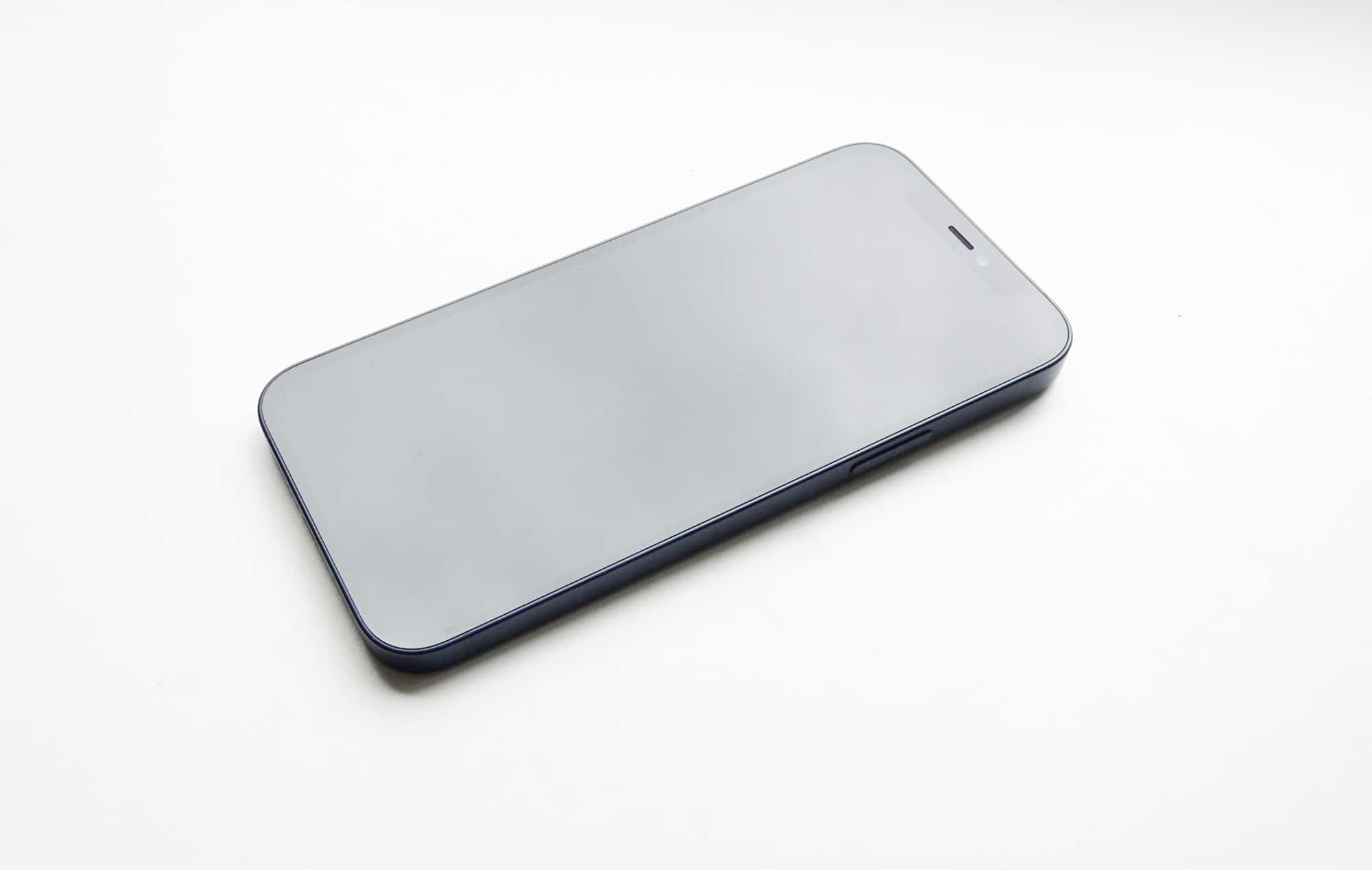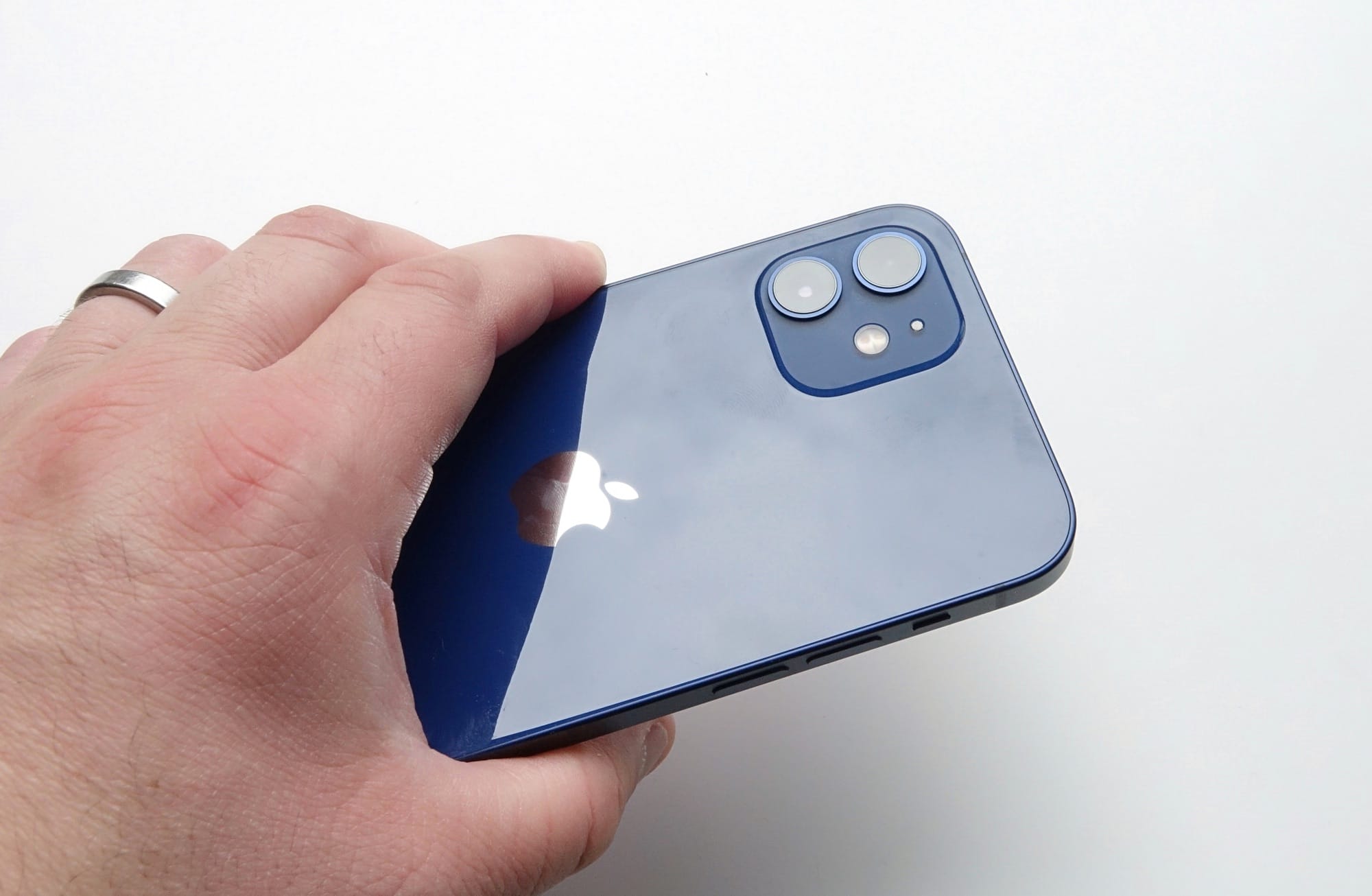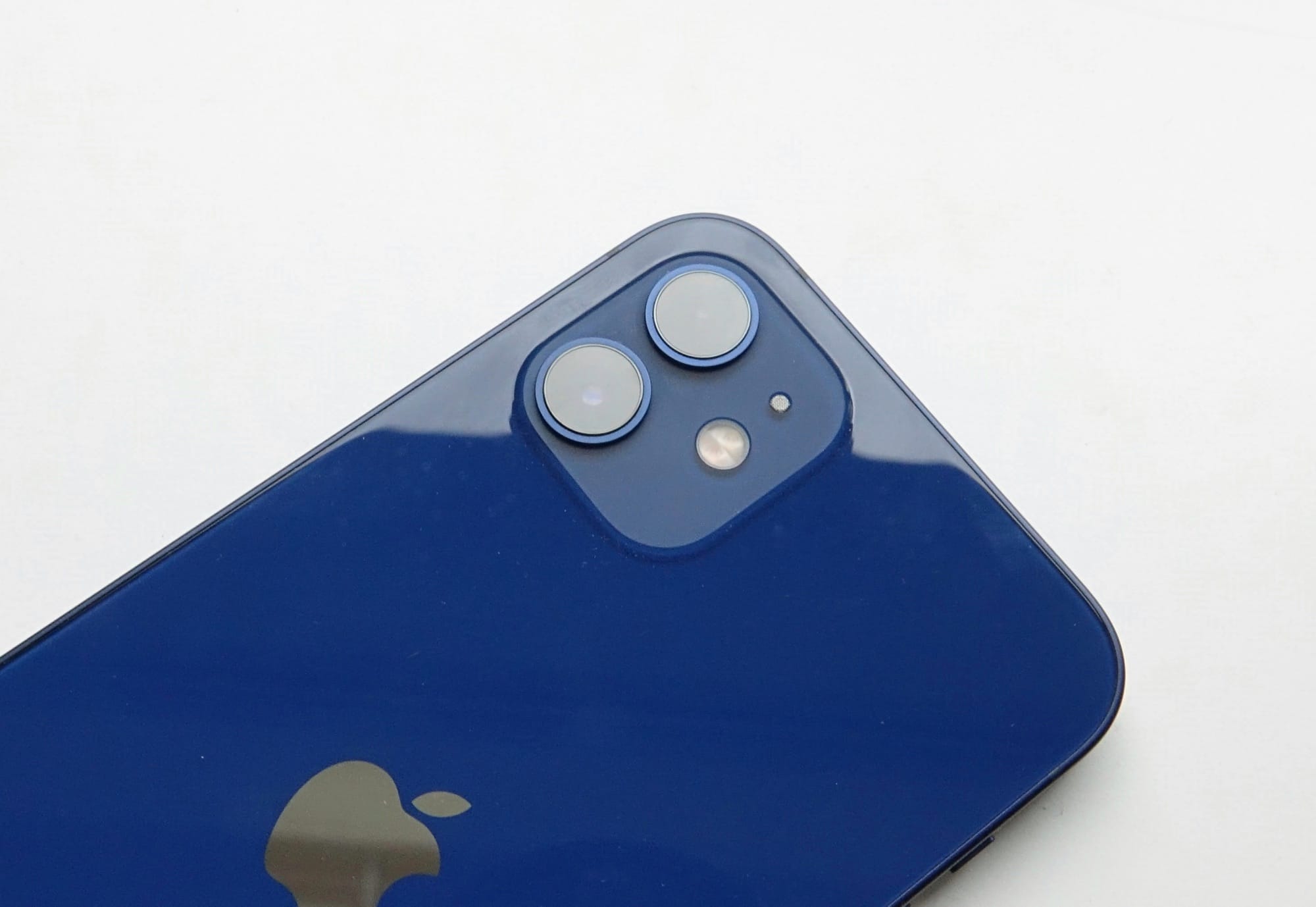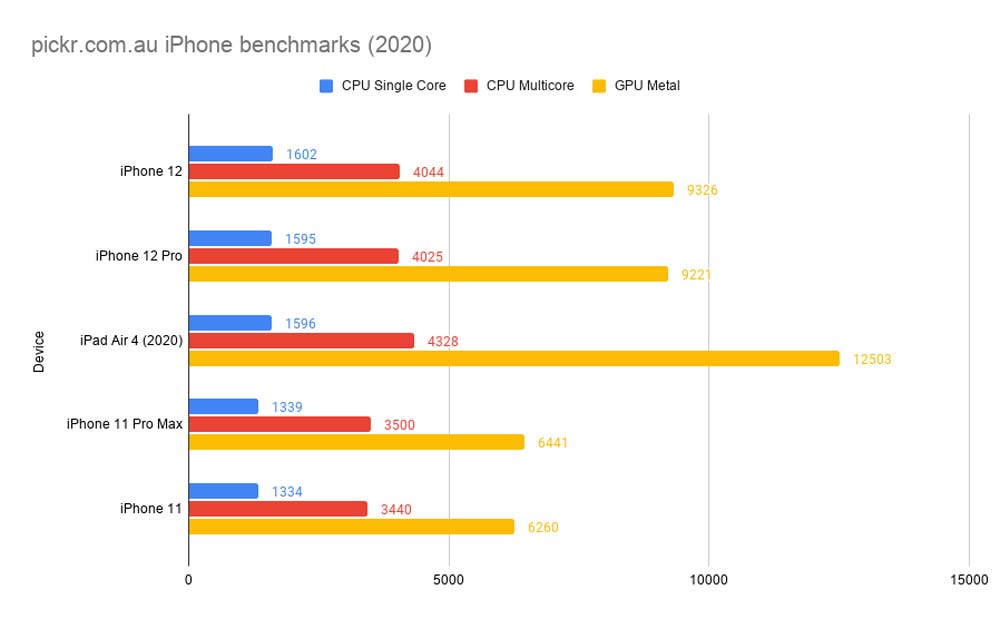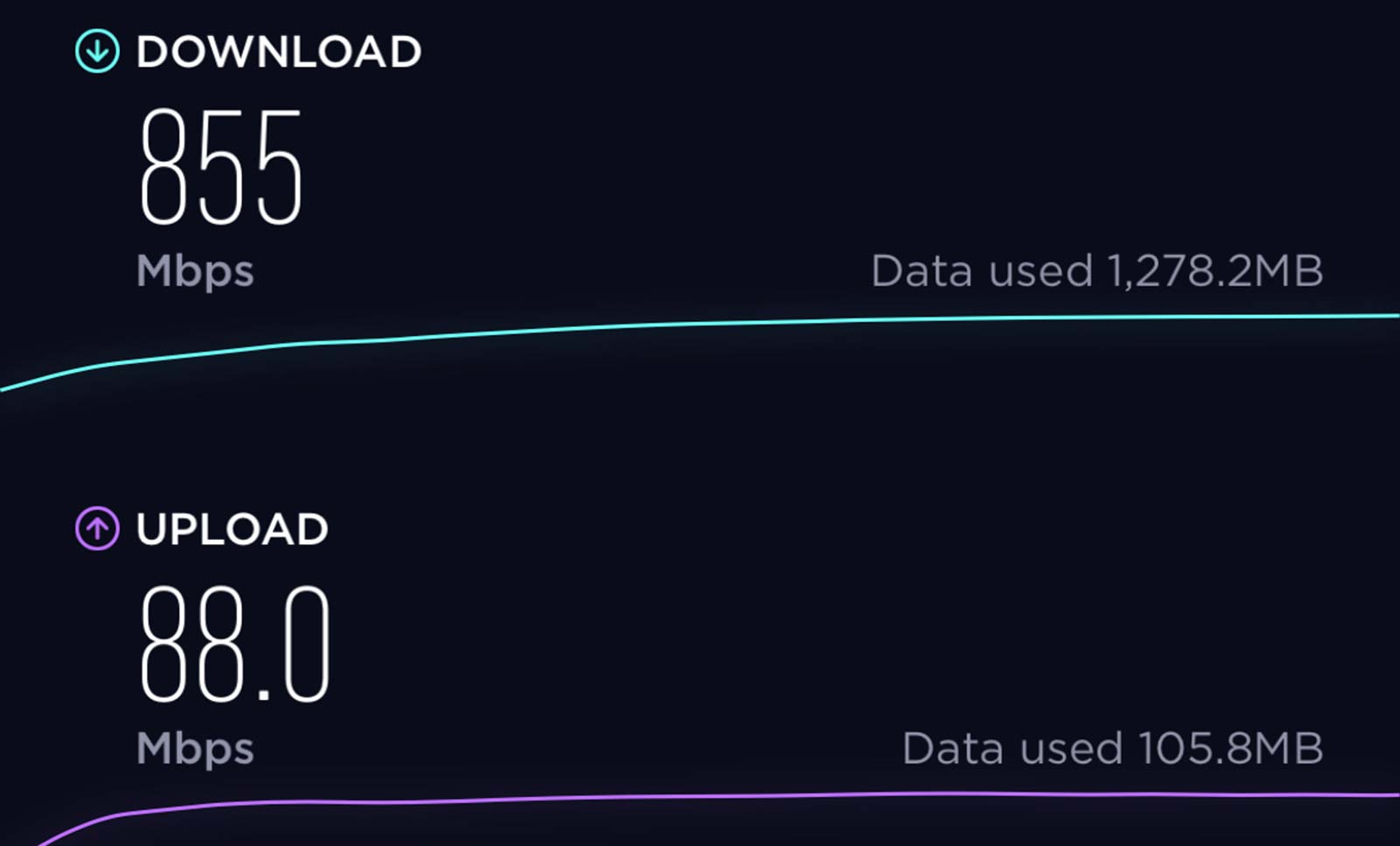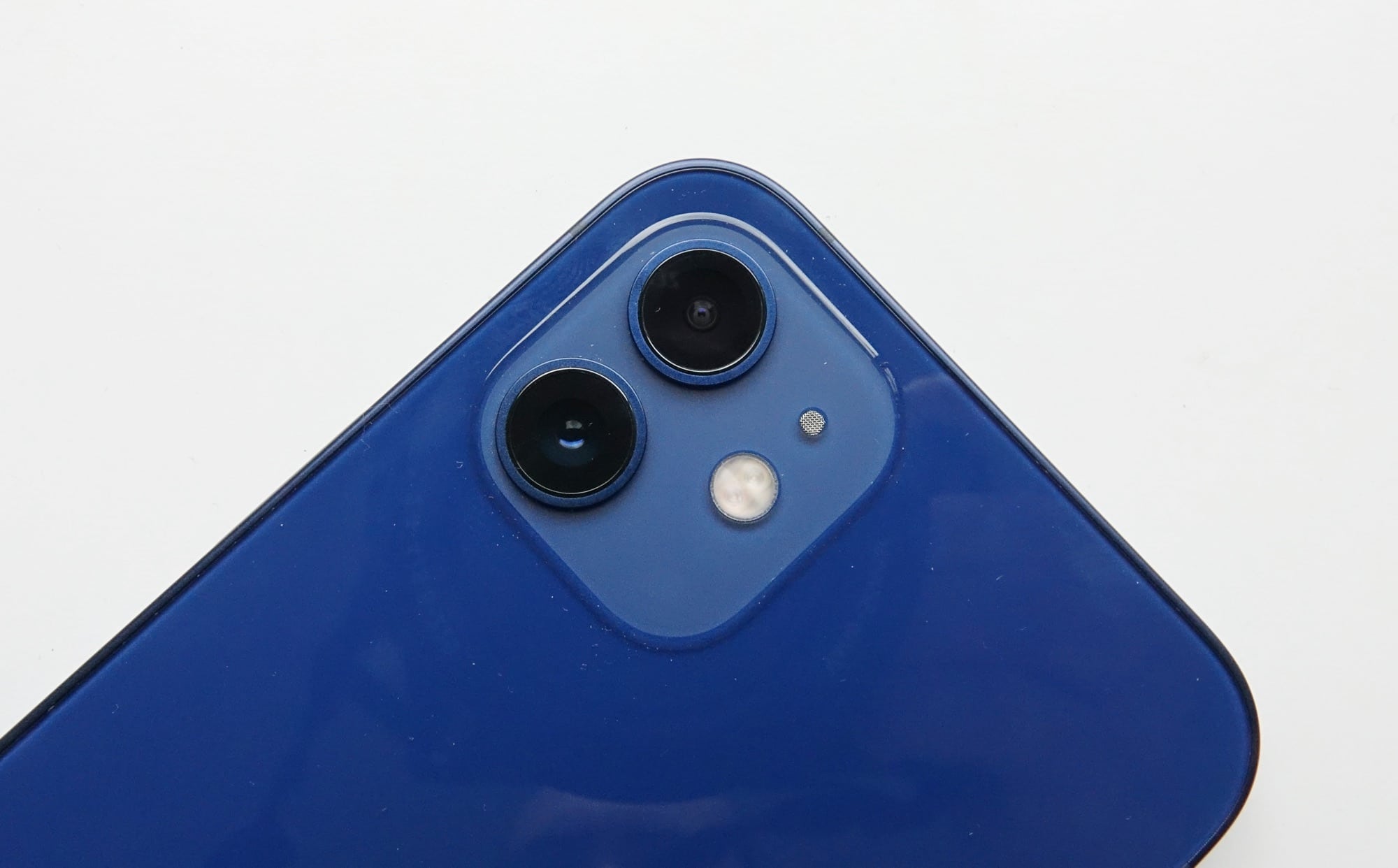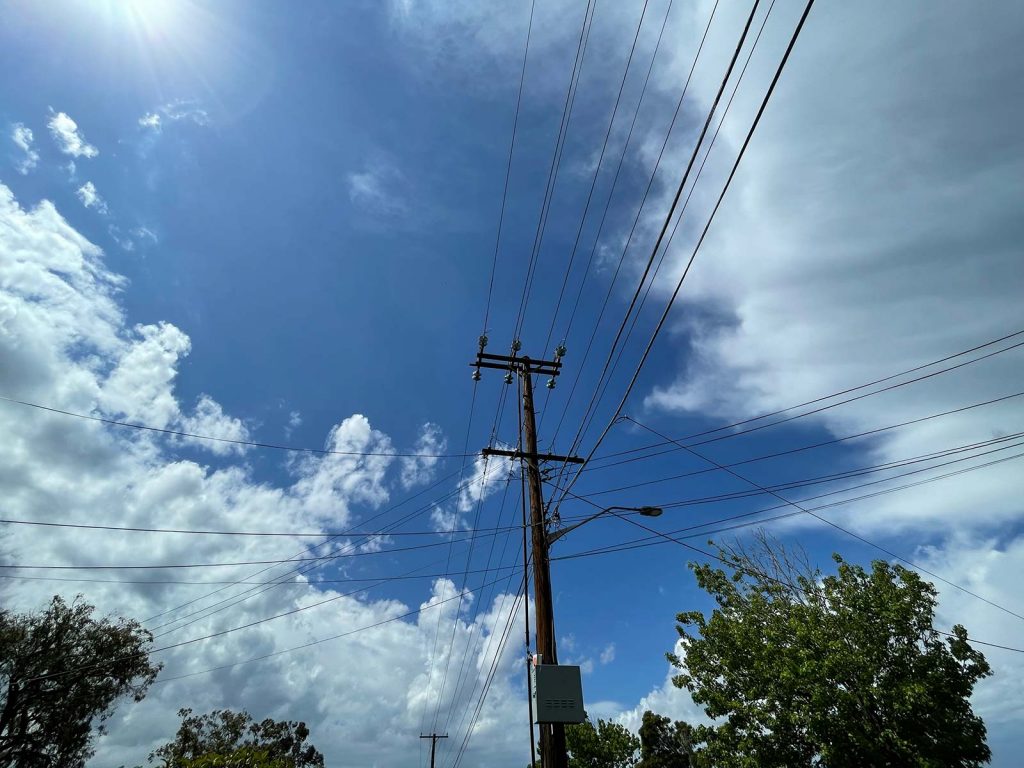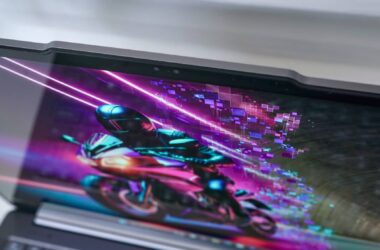Quick review
The good
The not-so-good
The iPhone 12 Pro is a great phone, but what about the model below it? Looking almost identical, the iPhone 12 bundles in much of the same for a little less. Is it great value?
There are more new iPhones than ever in 2020, and two first off. We’ve already checked out the more expensive model in our iPhone 12 Pro review, but what makes its less expensive model a little different?
It’s time to check out the standard iPhone 12, which looks almost identical to its more expensive sibling, but features one less camera, a slightly different frame, a little less storage, and a more economical price. Is it the iPhone for everyone in 2020?
Design
We’ve done this dance once already, but let’s do it again, this time with a slightly different approach: aluminium.
If you’ve read our iPhone 12 Pro review, you might have already seen the new focus on a design language echoing the previous iPhone 4 and 5, as well as the recent iPad Pro and the even more recent iPad Air, because that’s what you get in the iPhone 12, as well.
In fact, the iPhone 12 is more like the iPad Air, sporting an aluminium frame, though leaving glass on the front and back. The back glass is a little more slick than on the 12 Pro, leaving your fingerprint well and truly in tact there, something that can be a touch annoying for photos and showing your phone off, while the front is pretty much all screen save for the notch also known as the “shelf”.
While the look between the iPhone 12 and 12 Pro reads the same — complete with identical dimensions at 146.7mm by 71.5mm with 7.4mm depth — the weight is different. You’ll find the iPhone 12 Pro is heavier at 187 grams, while the iPhone 12 shaves literally 25 grams off in the process, clocking in at 162 grams.
That’s a great weight for a phone, with the iPhone 12 delivering one of the most comfortable holds and hefts in the business, and really delivering a lovely handholding experience. This is a phone that yearns to be held, and is just lovely.
Features
While the two iPhone 12 models out first may look the same — and feature the same 6.1 inch OLED screen — feature wise, they’re very, very close. In fact, unless you glance at the back, you’d probably think you’re looking at the same phone.
Under the hood, you’ll find an Apple A14 Bionic, though as we understand it, there’s a little less memory on this model than on the 12 Pro.
Storage is lower, too, with a choice of either 64GB, 128GB, or 256GB on the iPhone 12, compared to double on the iPhone 12 Pro (128GB, 256GB, or 512GB).
Wireless connections are the same, however, with Bluetooth 5.0, 802.11a/b/g/n/ac/ax WiFi also known as WiFi 6, GPS, NFC with support for Apple Pay, plus 5G at Sub-6 in Australia. The only wired connection on the iPhone 12 is the Lightning port at the bottom, which works for data, charging, and audio if you convert it over to a pair of headphones, which you can do, even though neither headphones nor 3.5mm converter can be found in this year’s iPhone box, alongside the lack of a charging brick.
Cameras is where things deviate in the iPhone 12, though not everywhere. At the front, the iPhone 12 sports the same 12 megapixel F2.2 as the iPhone 12 Pro, supporting 1080p and 4K video, plus portrait photos, as well. On the back is where things change, with the same standard wide F1.6 and ultra-wide F2.4 12 megapixel cameras as the iPhone 12 Pro, but no 2x telephoto like in that model. There’s also no support for Apple ProRAW coming later in the year, though you do get the portrait mode and apple Deep Fusion, plus support for 4K video, as well as Dolby Vision HDR video. A minor catch on that one, as the iPhone 12 maxes out at 30fps on Dolby Vision, while the iPhone 12 Pro maxes out at 60fps for the same.
All of this sits under a practically identical screen, however, with the 6.1 inch display offering the same 2532×1170 screen, the same support for Apple’s white balancing technology “True Tone”, and support for the P3 colour gamut.
It sits above a battery that doesn’t sport an official mAh rating from Apple, but that we’ve tested as 2815mAh, with the battery charged from either the Lightning port down below, Qi wireless charging, or the new MagSafe wireless charger, complete with a ring of magnets incorporated in the design.
The iPhone 12 is rated with IP68 water resistance, supporting a depth of up to 6 metres of water for up to 30 minutes, with the screen sporting the Ceramic Shield much like its iPhone 12 Pro sibling, and the rest of the iPhone 12 range, Mini and Max included.
In-use
Pick the iPhone 12 up and it will feel like an iPhone 12 Pro, or even like an iPhone of any kind, except with that new design language, because that’s what you get. That makes using the iPhone 12 easy, and nice to hold your hand around because of those softened rectangular edges, which are just so comfy to hold.
The loss of 25 grams in weight from the iPhone 12 Pro helps to make this model a little nicer in the hands, but using it is exactly the same: gestures and swipes and icons to push, with iOS 14 delivering a clear and delightful mobile operating system experience. Face ID is also fairly quick to load in, and while there’s no Touch ID for fingerprint login, like the iPhones before it, the iPhone 12 is great at recognising your visage and letting you play.
Performance
The moment you start playing with the iPhone 12, you’ll find a phone pretty much ready for anything, thanks to that new A14 chip.
Clearly Apple’s fastest chip yet, the A14 Bionic makes for a speedy system that flies, delivering some superior performance in apps and games with no problems whatsoever.
Benchmarking the A14 in our iPhone 12 review delivered a speed not far from what we saw in our iPhone 12 Pro review, and that extends not just to the actual system, but also mobile speeds, as well.
And that should come as no surprise, because with 5G on the iPhone 12, you can expect some very fast speeds on offer for Apple’s latest phones, network dependent, of course.
In Sydney on the Telstra 5G network, we found the iPhone 12 could hit speeds as high as 855Mbps, though you’ll want to make sure you’re within reach of the pockets of 5G found about the place. Even without, 4G is still more than capable here, so there’s plenty of speed on offer for Apple’s latest phones.
Camera
It’s not just speed that makes the iPhone 12 special, with the cameras pretty snazzy, too.
Like in the iPhone 11, Apple has left the iPhone 12 with two cameras: the standard-wide and the ultra-wide, both sitting at a megapixel amount to match the name of the handset, set to 12 megapixels. We suspect that’s more of a coincidence, given Apple has been using 12 megapixel cameras last year, as well.
But while the megapixel amount has stayed the same, the performance has not, with some updates to the sensor, delivering improvements to low light across both the standard wide sensor, as well as the ultra-wide. The changes are as such a little better across each, with some delightfully sharp and clear daylight images, plus some lovely night time shots, as well.
Being limited to the standard wide and ultra-wide means you can fit more of the scene in and see more of your friends and such, but won’t be getting close at all, as there’s not much the iPhone 12 can do with up close being digital zoom.
As such, you won’t be getting close portraits, though you can do portraits still, allowing that ultra-wide angle camera to work some magic with the standard lens, plus the AI in the camera. The portrait mode offers some fantastic images if you decide to get creative, though missing out on the LiDAR of the iPhone 12 Pro, we’ve found the 12 Pro handled these images better.
One area that Apple has nailed on the iPhone 12 is the video camera side of things, which sees Dolby Vision HDR for video capture. That might not mean much to everyone, but it essentially makes videos brighter and more balanced for colour, something you’ll see on the 6.1 inch OLED screen quite well.
Load up one of the videos in preview and the screen brightens, the whites coming out as more white, almost like a slogan from a laundry commercial, and it’s the same with colours. In the iPhone 12’s Dolby Vision HDR capture, everything appears brighter and clearer, and even if you don’t feel like you’ve gained something from the iPhone 12’s modest camera updates for stills, there’s an argument that clearly makes it up for video.
Even in low light, the video camera feels like it’s doing a better job, rendering more like for what you see, compared with the solid one-to-one low light you can find in the iPhone’s rendition of images when camera bracketing is switched off. In low light on video, imagery feels more like it does in the special bracketed night mode, with brighter tones overall. Video is just nicer overall.
Over on the front camera, the results are good, thanks to the same 12 megapixel sensor shared with the iPhone 12 Pro, meaning selfies in standard and portrait mode should look good, even if you’re not confident of your own smile or so.
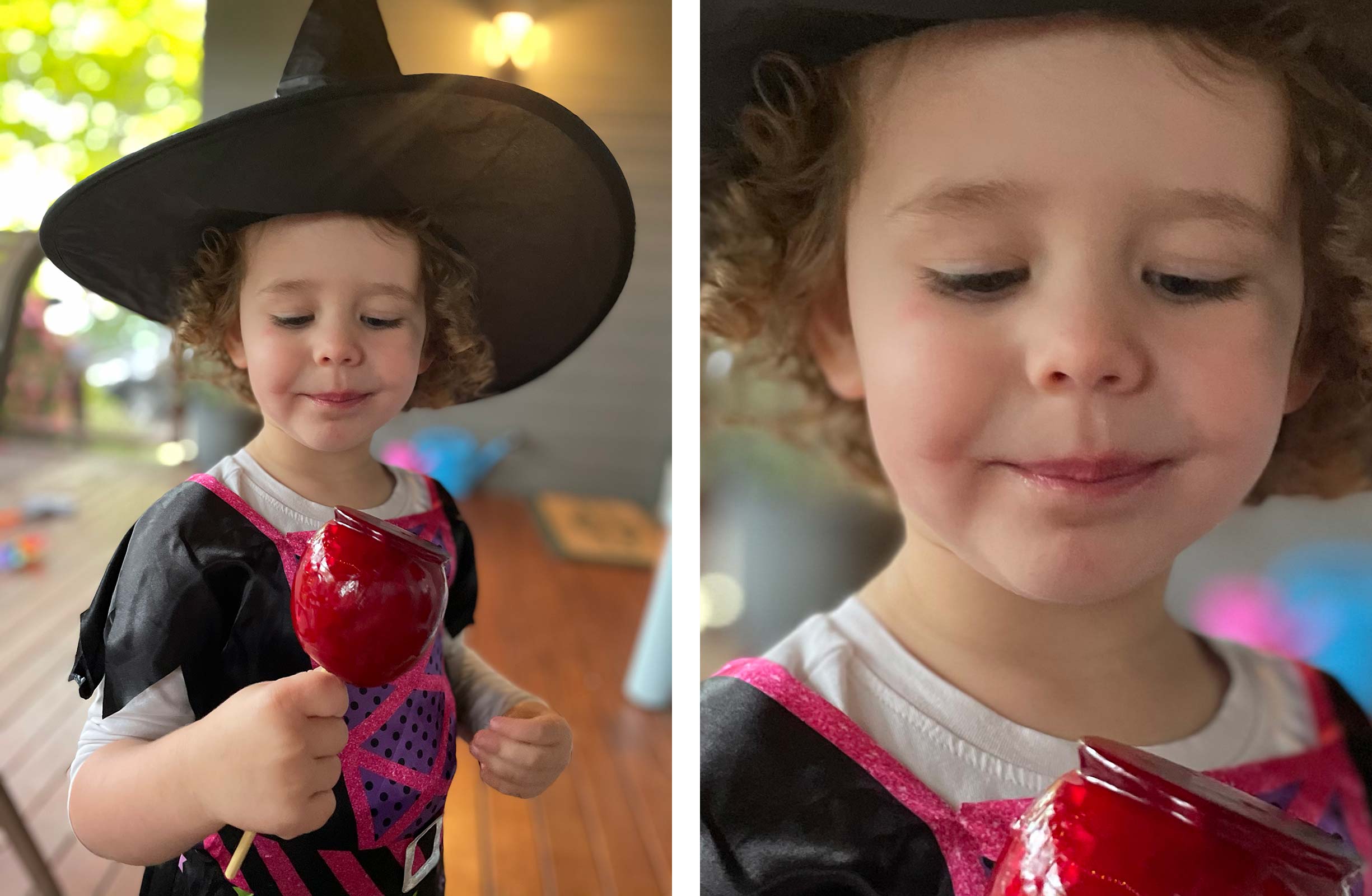
Battery
While the camera is great, the battery isn’t quite as strong, with a maximum of 24 to 30 hours if you don’t use the iPhone 12 too much, though we suspect most people will need to charge it nightly.
That should come as no surprise, as the battery is the same as in the iPhone 12 Pro, which also delivered a similar run time. It’s acceptable but hardly great, especially by today’s standards, and makes us a little concerned for what the iPhone 12 Mini will perform like when it arrives later this month.
Value
Fortunately, the iPhone 12 has something going for it to deal with the battery bind: a lower price tag to find the phone at.
Starting at $1349, the iPhone 12 is a good $350 below the starting price of the iPhone 12 Pro, meaning the extra money is spent on a different frame, a different camera, and twice the minimum storage, as the iPhone 12 is $1349 for a 64GB phone, while the iPhone 12 Pro is $1699 for a 128GB handset. That’s a difference, and that may delight some, because not everyone will care as much.
Keeping storage the same, the 128GB iPhone 12 costs $1429 while the 128GB iPhone 12 Pro is $1699, meaning the difference is more like $270 for the premium metal frame and the extra camera. That’s not a bad little price drop, though, and one that can help the iPhone 12 feel like a better value altogether. And it comes in colours.
What needs work?
But like the iPhone 12 Pro, the part that needs the most work is the battery life, which still struggles.
While the iPhone 11 and the iPhone XR could easily get into a day and a half of life, and wouldn’t necessarily need a nightly charge, for most, the iPhone 12 will be on the charger every time they head to bed.
It’s a frustrating aspect of what is an otherwise excellent phone, and one that is only marginally saved by the fact that it can be charged quickly using Lightning or MagSafe, or just wirelessly at a somewhat slower pace overall.
We really wish the iPhone 12 had more battery life in general, though. We can look past the minor issues, the lack of a third camera, and even the fact that for some reason or another, Apple is rolling out RAW support on the iPhone 12 Pro and not the iPhone 12 itself, even though most of the hardware is identical. We can live with most of that, but we just want the battery to handle things better, and right now, we’re not sure that it does.
Final thoughts (TLDR)
Even without the third camera, there’s a lot to like about the iPhone 12, which offers some handy little improvements on the iPhone 11, a phone that stays in the 2020 Apple line-up.
The two cameras have been tightened up and feel better than last time, and the whole phone is faster overall. Between 5G and the A14 Bionic, the iPhone 12 is one fast phone, and easy to like. It’s not the same as the absolute cracker that is the iPhone 12 Pro, but it’s still a great phone overall.
We wouldn’t push an iPhone 12 update to an iPhone 11 owner, though — there’s way too much similarity there — but if you don’t see yourself needing to get close in photos, and want to save a few hundred bucks on a new iPhone, the iPhone 12 is enough of the iPhone 12 Pro to warrant a happier wallet overall. You’ll still need to charge it a little more than you might be used to, but it’s a solid phone choice overall. Recommended.



